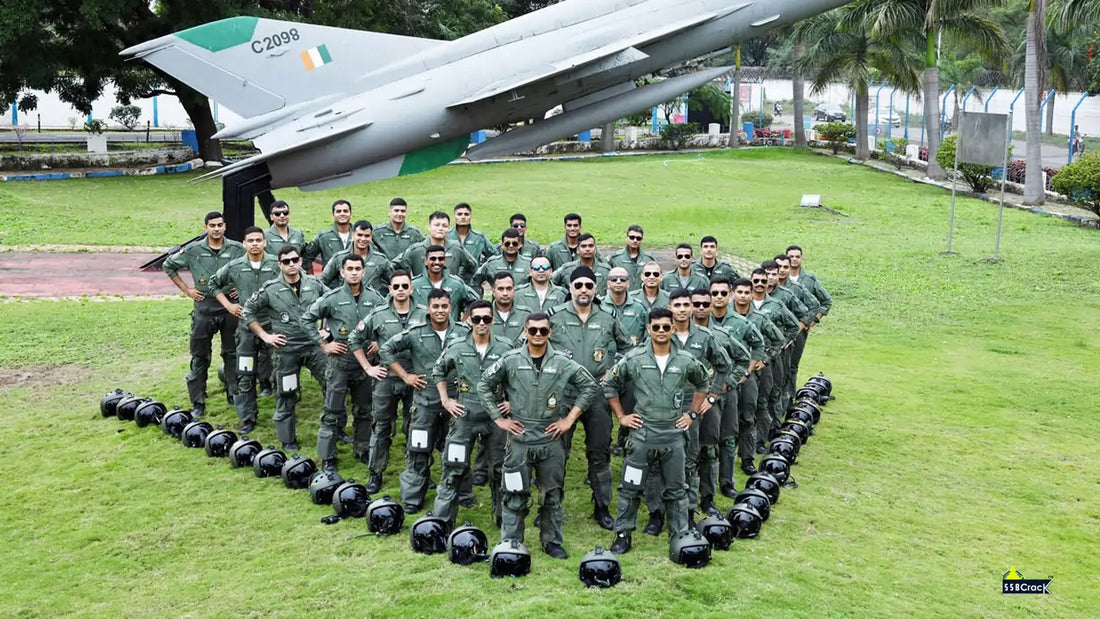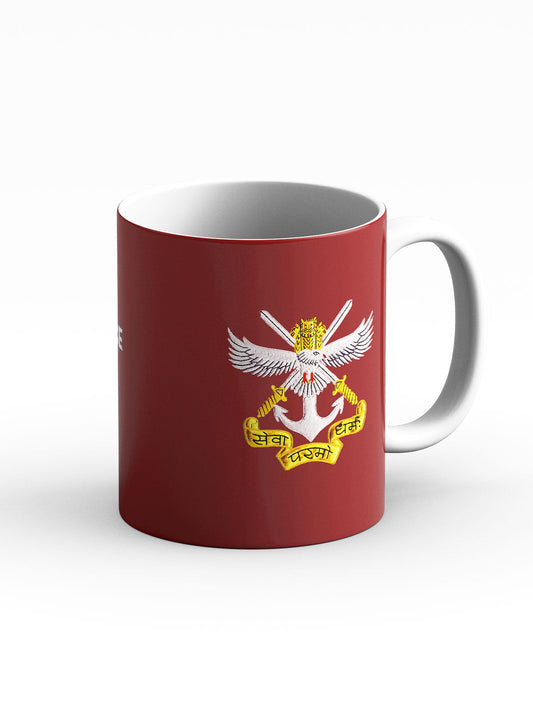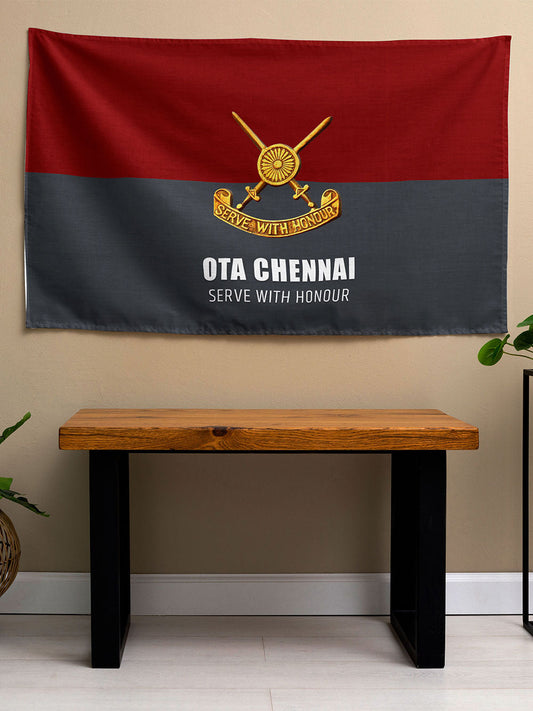MiG-21 Fighter Jets Retired: A Look at the Transition for IAF Pilots to New Aircraft

The MiG-21 fighter jet, a significant symbol of the Soviet-era that has been a cornerstone of the Indian Air Force (IAF) for over 60 years, was officially retired on September 26, 2025. The retirement ceremony took place at the Chandigarh Air Force Station, marking a crucial change in India's defense strategy. For the pilots who have flown this supersonic aircraft, often referred to as the "Flying Coffin" due to its history of accidents yet respected for its combat capabilities, the transition is underway to a new generation of aircraft.
This transition represents not only a technological advancement but also aligns with India's ambitions for self-reliance in defense capabilities, as advocated by initiatives like Aatmanirbhar Bharat. This report delves into the MiG-21's legacy, the challenges of its phase-out, and the aircraft set to replace it, drawing insights from recent developments and expert opinions.
Introduced in 1963 as India's first supersonic fighter, the MiG-21 quickly became the backbone of the IAF's fleet. With over 870 units acquired, various models such as the MiG-21FL, Type 77, and the upgraded Bison were utilized for diverse missions, ranging from air interception to ground attack. The aircraft was pivotal in key conflicts, notably taking down Pakistani F-104 Starfighters in the 1965 war, damaging airfields in the 1971 Indo-Pak war, supporting ground operations during the Kargil conflict in 1999, and achieving a notable F-16 kill by Wing Commander Abhinandan Varthaman in 2019 during the Balakot airstrikes.
Aside from combat roles, the MiG-21 also served as a makeshift advanced jet trainer for several decades due to delays in acquiring dedicated trainers. This role saw the training of nearly 2,000 pilots, accumulating over 1.5 million flying hours, but also contributed to its safety concerns, with 482 accidents recorded from the 1970s to 2012, resulting in 171 pilot fatalities. Issues such as high take-off and landing speeds, limited cockpit visibility, and erratic engines increased risks, particularly for new pilots transitioning from basic trainers. The induction of BAE Hawk AJTs in 2008 alleviated this role, but the MiG-21's legacy as a training asset remains unparalleled.
The retirement reduces the IAF's squadron strength to 29, the lowest since the 1960s, against a sanctioned strength of 42, highlighting the urgency for fleet replenishment amid tensions with China and Pakistan. While some MiG-21 airframes may be preserved in museums or vintage squadrons, the focus now shifts to the pilots' future roles.

For pilots accustomed to the MiG-21's analog-heavy controls, the shift to digital fly-by-wire systems represents a substantial change. The IAF's conversion process typically begins at Operational Conversion Units (OCUs), where pilots receive ground school, simulator training, and live flight experience in dual-seat variants. This "seamless technology transition" facilitates the move from the MiG-21's third-generation design to fourth-generation and beyond, focusing on adaptability in avionics, radar, and beyond-visual-range (BVR) missiles.
Facilities like Sulur, housing No. 45 Squadron, which switched from MiG-21s to Tejas in 2016, and Naliya, preparing for Tejas Mk1A, play key roles in this transition. Training includes familiarization with glass cockpits, helmet-mounted displays, and integrated electronic warfare suites, aspects not present in the MiG-21. The Tejas twin-seater variant, serving as an advanced jet trainer, prepares pilots for aircraft like the Rafale and Su-30MKI, offering a cost-effective, indigenous solution. While there are challenges in adapting to increased endurance and payload, the IAF's experience with MiG-21 upgrades, such as the Bison's modern avionics, assists in easing this transition. Overall, the process prioritizes safety, with the expectation that retiring the MiG-21 will significantly reduce accident rates.
The primary successor is the HAL Tejas LCA, designed to replace the MiG-21's compact, agile profile while integrating fourth-generation technology. Over 40 Tejas Mk1 are active in two squadrons, with 83 Mk1A ordered in 2021 and another 97 in 2025, totaling 180 units powered by GE F404 engines. The Mk1A features AESA radars, enhanced jammers, and indigenous munitions like Astra BVR missiles, suitable for defense roles within Indian airspace. Squadrons like No. 3 and No. 23 will receive Mk1A, directly replacing MiG-21s.
For multirole missions, pilots may transition to the 36 Dassault Rafales inducted since 2016, with plans for 114 more under the Multi-Role Fighter Aircraft (MRFA) program. Rafale's twin-engine design offers superior range and firepower, ideal for offensive operations. Additionally, upgraded Su-30MKIs (272 in service) provide heavy multirole capabilities, with potential for pilots from MiG-21 backgrounds to cross-train.
Looking forward, the Tejas Mk2 prototype expected by 2025, with its first flight in 2027, will replace Mirage 2000s, MiG-29s, and Jaguars, offering greater endurance and stealth capabilities. The fifth-generation Advanced Medium Combat Aircraft (AMCA) aims for induction by 2032, complementing the fleet. Challenges include delays in engine technology transfer, such as the GE F414 for Mk2, and production, but indigenous growth in defense production supports this transition.
| Aircraft | Role | Key Features | Timeline for Pilots | Number Planned/Operational |
|---|---|---|---|---|
| Tejas Mk1/Mk1A | Light multirole fighter, air defence | Fly-by-wire, AESA radar, indigenous weapons, 400-500 km radius | Immediate transition for MiG-21 squadrons; training at Sulur/Naliya | 40 operational; 180 on order, deliveries from 2026 |
| Rafale | Medium multirole fighter | Twin-engine, advanced sensors, long-range missiles | Selective cross-training for experienced pilots | 36 operational; potential 114 more by 2030 |
| Su-30MKI | Heavy multirole fighter | Upgraded avionics, thrust vectoring | Possible for pilots seeking heavy platforms | 272 operational, upgrades ongoing |
| Tejas Mk2 | Medium weight fighter | Enhanced payload, stealth elements, F414 engine | Mid-term (2027+ first flight) | Prototypes by 2025; production post-2030 |
| AMCA | Fifth-generation stealth fighter | Twin-engine, advanced stealth, AI integration | Long-term (2032+ induction) | Development stage; first flight ~2028 |
This table outlines the phased plan, with Tejas leading the immediate replacements.

The retirement of the MiG-21 highlights broader modernization needs, with the IAF aiming for 35-36 squadrons by 2035 and complete indigenization by 2042. The transition of pilots enhances operational readiness, reducing reliance on outdated Soviet technology while boosting morale with safer aircraft. However, delays in Tejas deliveries and MRFA negotiations present challenges. Partnerships with companies like HAL, Tata, and foreign firms such as Dassault indicate progress, but balancing costs, such as the high expense of Rafales, with indigenous options like Tejas Mk2 remains debated.
In conclusion, as MiG-21 pilots transition to new aircraft such as the Tejas, Rafale, and others, this evolution not only pays tribute to a legendary aircraft but also propels the IAF towards a more capable and self-reliant future.



















